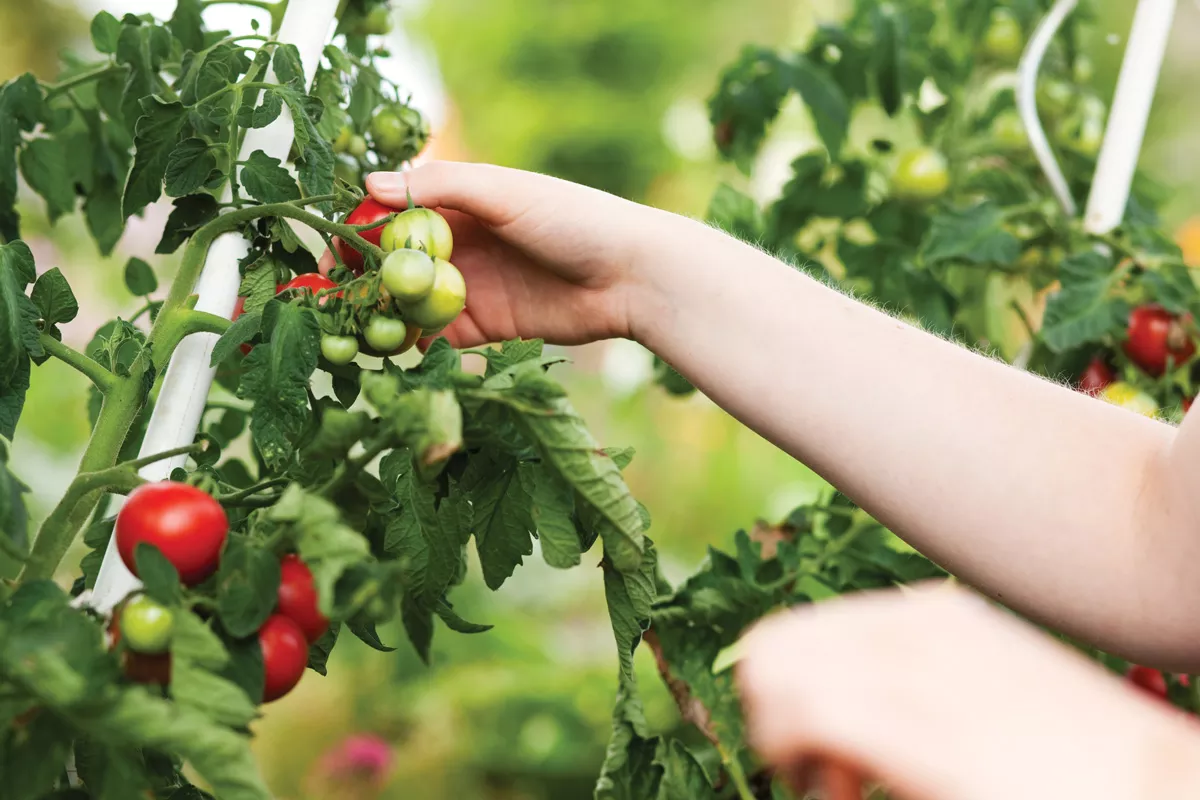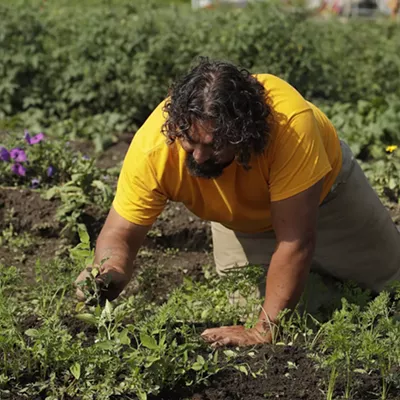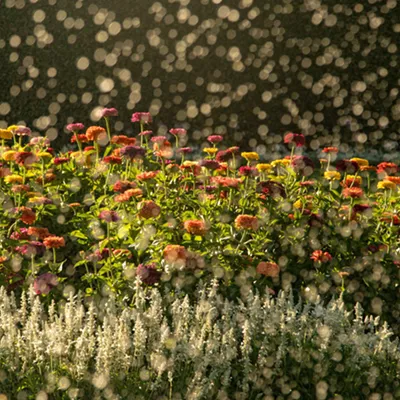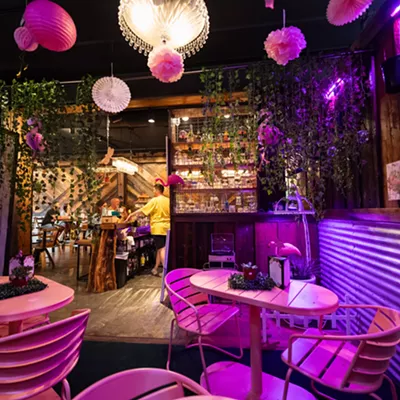A
year ago, as lockdown restrictions took effect and panic buying cleared supermarket shelves, home gardening experienced a well-publicized boom. W. Atlee Burpee & Co., the company behind the popular Burpee flower and vegetable seed packets, saw sales that set new records in its 144-year history. Households that had never spent much time contemplating companion planting or soil pH suddenly found themselves turning to gardening as a supplemental food source and a fun, relaxing outdoor activity.This year, many of those same households are looking forward to building on that experience in a new growing season. And in the Inland Northwest, where the last frost date is generally still in mid-May, late spring is the perfect time to start planning a home garden — planning being the operative word. The season begins with deciding what you want to grow and then figuring out limits like capacity and timing.
"In this area, because we have a short growing season; you'll probably want to start off with tomatoes, peppers, cabbages, onions, eggplant, melons and cucumbers. And lettuce if you want an early crop for a spring salad. They're all fairly straightforward," says Patricia Munts, co-author of the Northwest Gardener's Handbook and small-farm and acreage coordinator for the Washington State University Spokane County Extension.
"The process of getting seeds started," she adds, "is the trickiest part." Munts recommends yogurt cups or cottage cheese cartons — always with drainage holes punched in the bottom — as suitable planting containers. "Egg cartons are out. They don't provide enough root space for something to grow."
During this early planting and growth stage, the most valuable tips and instructions are available right on the seed packets. Kendra Dean, an independent Spokane-area grower who owns Dogwild Farm, says that she's learned to pay close attention to the recommended planting dates, germination periods, watering requirements, fertilization needs and sunlight preferences that are often detailed on the back.
"I still look at every single seed packet. Some of the easiest mistakes to make are starting things too early, not starting them early enough or starting everything at the same time," she says. The seed packets will also indicate whether the plants can be directly seeded — that is, sowed straight in the garden bed — or whether they need to be started indoors. Beans, peas, carrots and radishes are common examples of direct-sow vegetables.
Irrational exuberance, to borrow a term from economics, is another potential preseason pitfall.
"People get overexcited, and they want to plant everything," Dean says. "I see it all the time. It's best to start out with things that grow well here. For example, in this area, hot peppers are kind of challenging. Giving yourself some small wins is always good."
Once the seeds are nestled in high-quality potting soil, the critical variables become temperature and light.
"Most seeds need between 65 and 75 degrees to start, so a household temperature is OK," says Munts. "What happens is, if you put them against a window, the temperature will fluctuate. The germination will either be slow, or it will be too cold for them to sprout. The other thing is that we only have about nine hours of daylight [in early spring]. I've found that seeds need at least 12 to 14 hours of bright light per day to really get going and not become spindly."
Although seeds require careful manipulation of their growing conditions at first, expensive grow lights aren't necessary. Munts uses off-the-shelf LED shop lights that she purchased from a big-box store. She puts the lights on a timer and positions them about 2 inches from the top of the flats, which are the large trays that hold the seed containers.
The seedlings that develop after a few weeks are typically going to be hardier and less finicky than the young sprouts, but they still need special treatment.
"When it's getting close to planting season, you'll need to harden them off. Start by bringing the flats outdoors on a warm, calm day so the plants can get used to outside temperatures. That needs to go on for about a week. And when you go and remove them, gently squeeze the container, turn it upside down, pull the container off, then turn the plant right-side up. That causes the least amount of disturbance to the roots," says Munts.
Cucumbers, squashes and melons are particularly susceptible to even the slightest root disturbance during transplanting, so she and Dean both recommend biodegradable pots that can be planted straight into the ground.
And if, despite your best efforts, your cucumbers wither and your tomatoes stay scrawny, don't get discouraged. You're in good company.
"There were 20 million new gardeners last year because of the pandemic. I've been gardening for over 40 years. In that time I have killed more plants than I want to think about," Munts says, laughing. "The key is patience. Especially if you're working with kids. They need to remember that plants take time. The joy comes in learning the process of sowing and watering, and then the excitement of planting day."
"Gardening and checking in with your plants every day is just a great way to spend some time outside," adds Dean. "It's about keeping it fun and lighthearted, knowing that your few tomato plants aren't going replace your grocery budget, but they'll still end up tasting really good."
Cultivating a Greener Thumb
- Refer to the instructions on the seed packets
- Peruse books like Gardening in the Inland Northwest and Northwest Gardener's Handbook
- Visit your local farmers market and speak directly with experienced growers
- Get advice directly from local master gardeners via https://extension.wsu.edu/spokane/master-gardener-program/




















